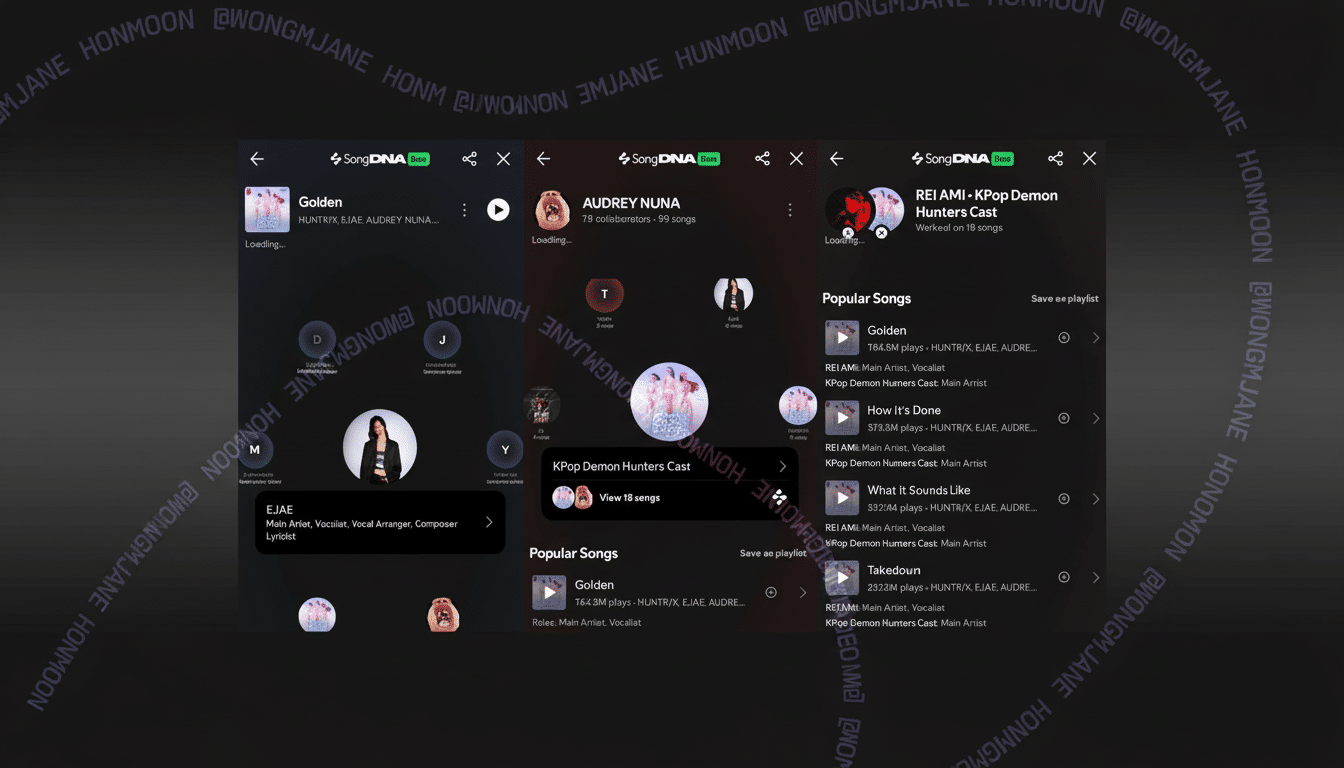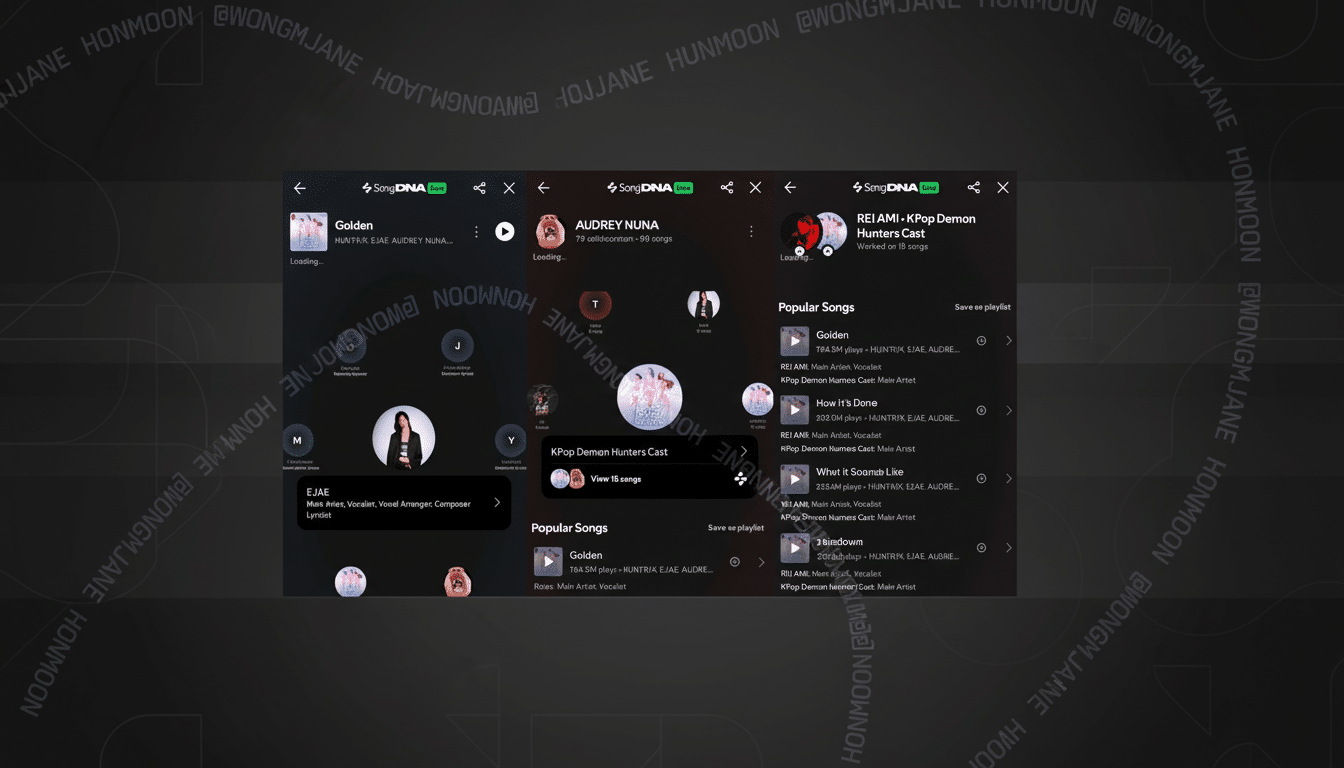Spotify this week has announced a suite of features designed to make liner notes and sample maps living, tappable things. The update also extends Song Credits to highlight the producers, engineers, songwriters, background vocalists, and session players who developed a specific track; boasts two premium-only tools — SongDNA and About the Song — unearthing how a piece was created, which elements it culls from other songs, and where its fingerprints are felt throughout the music universe.
SongDNA brings you connective data on a recording: which songs it samples, who’s covered it, and what the other projects of its contributors have been. About the Song introduces swipeable cards to the Now Playing display, encapsulating ideas, studio stories, and cultural context with quotes from reputable third-party sources. Together, they hope to alter us from passive players back into active explorers.

Behind the scenes, Spotify has also taken over user-built data collective WhoSampled to facilitate sampling and remix lineage. The company tells us that this is rolling out on mobile first, and the full list of credits should be showing up now; it will then make its way to the desktop. SongDNA and About the Song will launch as a Spotify for Artists Preview so music makers and rights owners can look over entries and make corrections before they go live.
Why Better Music Credits Matter for Artists and Fans
Credits are more than trivia; they dictate compensation, discovery, and career traction. According to the IFPI’s most recent Global Music Report, streaming is driving more than 65% of recorded music revenue, but primary metadata holes remain in place that can result in misallocated royalties. The M.L.C. has reported that it is identifying hundreds of millions of unmatched or previously unmatched streams as a result of insufficient data. When the right keyboardist or songwriter isn’t attached to a recording, money and opportunities can disappear into the “black box.”
Industry groups like the Recording Academy and the Ivors Academy have been lobbying for “Credit Where Credit Is Due” reform for years. Actual standards work on rights metadata, meanwhile, has been well underway by DDEX and Sir Paul McCartney-backed music crediting firm Jaxsta. Spotify’s decision brings those principles to the mainstream consumer, where visibility can equal searchability, playlist pitches, and recognition for behind-the-scenes talent.
Inside SongDNA and About the Song Features
SongDNA is a 360-degree dossier for every song. Dive down and you can track a contemporary hit back to the ’70s soul break that it samples, witness how a melody morphs as it collides with new genres, or hear a producer’s — or deejay’s — career take off on an underground EP before they become part of some pop chart-topping team. It’s the sort of rabbit hole WhoSampled helped popularize, now embedded where we listen.
About the Song supplements that map with background you can breeze through in seconds: studio stories, cultural landmarks, live high points, and nods to reporting at the time from established publications and encyclopedic sources. It’s a more expansive version of the storytelling Spotify once provided through its lyrics partnership with Genius — now sourcing from a larger pool, so that more songs can get the treatment and not just the ones that had annotations pre-written.

Other platforms have experimented here. TIDAL posts lavish, contributor-forward credits information, and Apple Music added pages of expanded credits in recent years. What makes Spotify different is the fact that it marries deep sampling lineage, contributor discovery at scale, and in-playback cards — meeting listeners where they currently are rather than sending them out to a separate web search.
What Listeners and Creators Can Expect From Spotify
The payoff for listeners is intuitive discovery. If you love a drummer’s pocket on one track, you can browse through their other sessions; if a sample catches your ear, SongDNA directs you to the original and covers of it. Expect this to drive cross-generational and cross-genre listening, where a rap single ultimately leads back to some jazz or Afrobeat classic in just a couple of taps.
It’s the preview phase in Spotify for Artists that creators care about. It is an opportunity for producers, engineers, and writers to fix spellings, merge duplicates, and make sure roles are correct before features open wide. That precision is cosmetic in more than one way. Clean metadata is the foundation for better search results, more accurate editorial and algorithmic recommendations, and fewer royalty mismatches.
Features are gated to Premium at the time of launch, a tactical nudge toward subscription that also reflects licensing complexity involved with samples and external references. There seems little risk of such an initiative, which would reach hundreds of millions through Spotify’s more than 600 million monthly listeners and the service’s pool of over 230 million paying subscribers, leaving that many people any less informed about who makes the music they love.
If Spotify gets this right — finds the balance between automation and verified credits, tasteful context without clutter — it could integrate a distinctive new form of listening: part fandom, part education, and part practice in fair credit. That’s great for fans in search of stories, and even better for the working musicians whose names too often resided only on liner notes.

